
Index
Applications and benefits of GAO’s RFID, BLE, IoT and drones for the Water and Sewer Construction
GAO’s assist clients with Water and Sewer Construction Standards and Regulations
GAO software provides easy API integration
Case Studies of RFID Applications
GAO RFID Systems & Hardware for the Water and Sewer Construction
Overview
The water and sewer construction industry involves the planning, design, construction, and maintenance of infrastructure for water supply, treatment, and distribution, as well as the collection, treatment, and disposal of wastewater and sewage. This includes building and repairing water and sewer pipes, pumping stations, treatment plants, and other related structures. The industry plays a critical role in ensuring access to clean water and sanitation and serves both the public and private sectors.
GAO’s RFID, BLE, IoT, and drone technologies have helped its customers in the water and sewer construction industry to improve their work processes, their operations, and productivity by better management of their staff, materials and operational equipment such as excavators, backhoes, trenchers, bulldozers, loaders, dump trucks, compactors, pumps, water trucks, sewer cleaning equipment, pipe-laying equipment, tapping machines, welding machines, surveying equipment.
Ranked as one of the top 10 global RFID suppliers, GAO RFID Inc. is based in New York City, U.S., and Toronto, Canada. GAO offers a comprehensive selection of UHF, HF (including NFC), and LF RFID (radio frequency identification) readers and tags, BLE (Low Energy Bluetooth) gateways and beacons, and various RFID and BLE systems such as people tracking, asset tracking, access control, parking control, fleet management, WIP (work in progress), traceability. Such RFID and BLE products and systems, as well as its IoT and drone technologies, have been successfully deployed for the water and sewer construction industry.
Applications & Benefits of GAO’s RFID, BLE, IoT & Drones for the Water and Sewer Construction
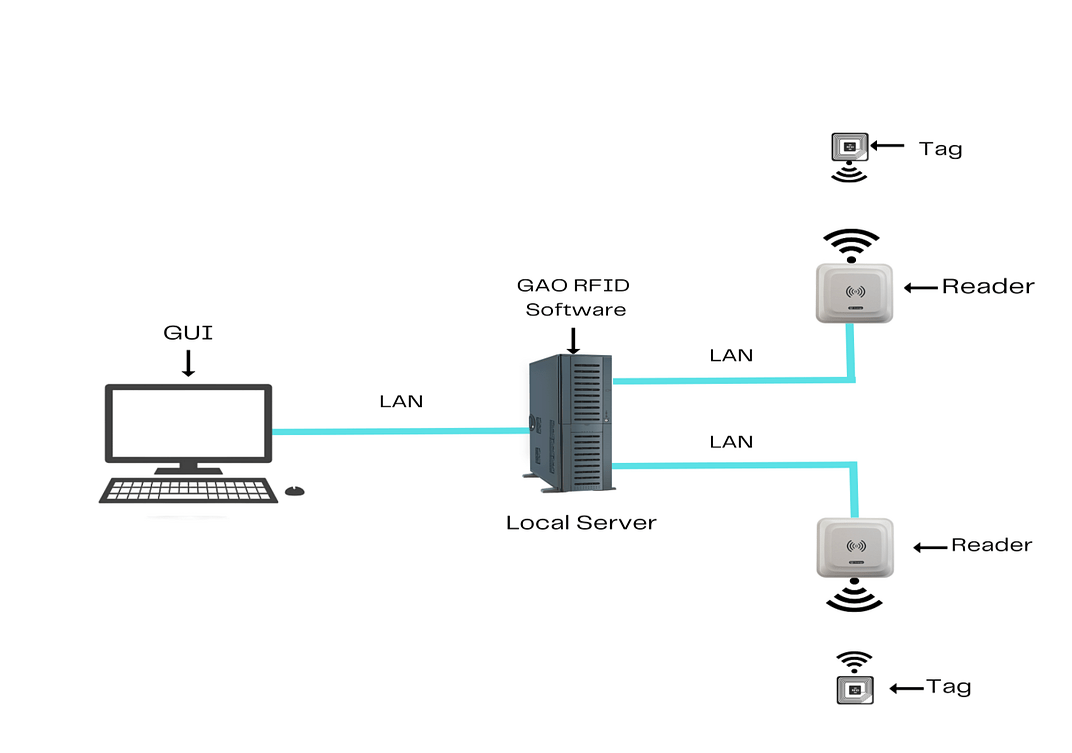 To satisfy its customers, GAO’s RFID or RFID Systems for water and sewer construction they are offered in 2 versions. One version is that its software is running on a local server, and another version is that its software runs in the cloud. The above illustrates GAO system for the water and sewer construction with its software running on a local server
To satisfy its customers, GAO’s RFID or RFID Systems for water and sewer construction they are offered in 2 versions. One version is that its software is running on a local server, and another version is that its software runs in the cloud. The above illustrates GAO system for the water and sewer construction with its software running on a local server
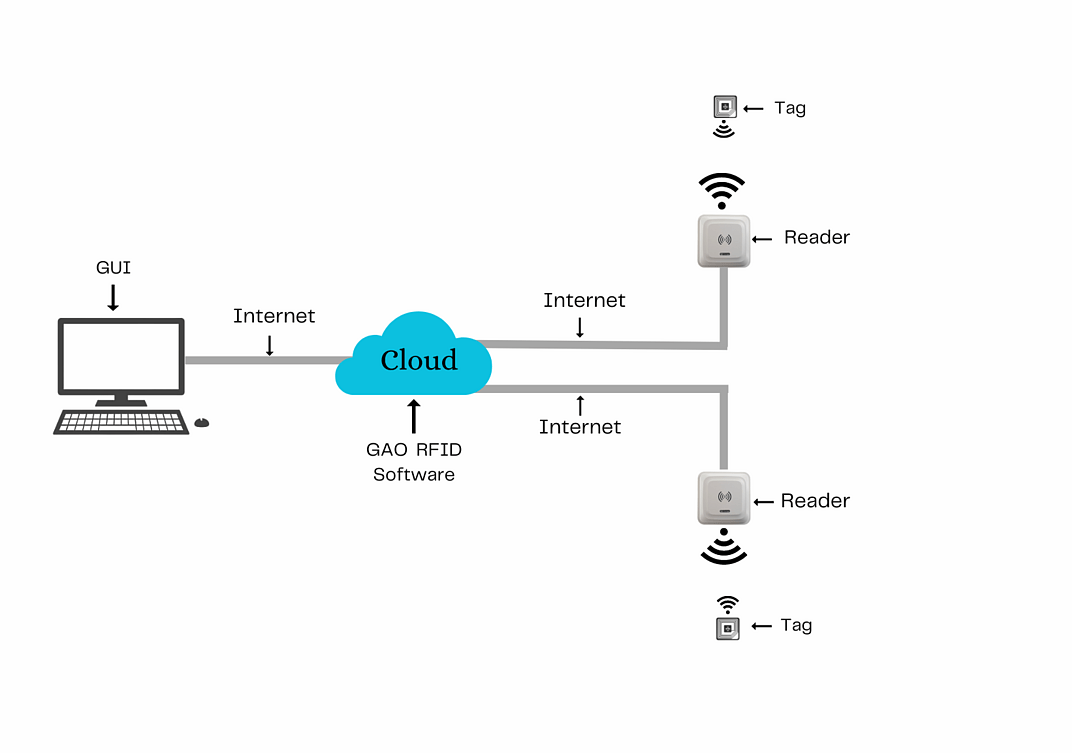 The above illustrates GAO system for the water and sewer construction industry with its software running in cloud.
The above illustrates GAO system for the water and sewer construction industry with its software running in cloud.
GAO’s RFID technologies bring the many benefits to the water and sewer construction industry:
- Improved inventory management: GAO RFID tags can be attached to construction materials such as lumber, pipes, and concrete, heavy equipment such as bulldozers, excavators, and cranes, hand tools such as hammers, wrenches, and screwdrivers, as well as safety equipment such as hard hats, safety glasses, and harnesses. This allows for real-time tracking and monitoring of inventory levels, helping to reduce the risk of material shortages, prevent theft or loss of equipment, and improve overall efficiency.
- Enhanced safety: Our RFID can be used to track workers on job sites, monitor their movements, and alert managers in case of emergency or unsafe conditions. It can also be used to track the use of personal protective equipment (PPE) and ensure compliance with safety regulations.
- Increased productivity: Our RFID can help streamline workflows and reduce manual data entry, allowing workers to focus on more important tasks. This can lead to faster project completion times and increased productivity.
- Better asset management: GAO RFID tags can be used to track the location, condition, and maintenance history of assets such as vehicles, equipment, and tools. This can help ensure that assets are properly maintained and serviced, extending their lifespan and reducing downtime.
- Improved data collection and analysis: Our RFID can provide real-time data on job site activities, such as materials usage and worker movements. This data can be used to identify areas for improvement and optimize project workflows.
- Enhanced supply chain management: Our RFID can be used to track the movement of materials and equipment throughout the supply chain, from suppliers to job sites. This can help reduce delays and ensure timely delivery of materials and equipment.
GAO’s BLE technologies offer longer reading range and particularly attractive for applications with larger work spaces within the water and sewer construction industry:
- Real-time monitoring: GAO BLE sensors can be used to monitor various equipment such as pumps, motors, and turbines in real-time, allowing for early detection of problems and preventing costly downtime.
- Improved inventory management: Our BLE tags can be attached to materials and equipment, allowing for real-time tracking and monitoring of inventory levels. This can help reduce the risk of material shortages, prevent theft or loss of equipment, and improve overall efficiency.
- Enhanced asset management: Our BLE sensors can be used to track the location, condition, and maintenance history of assets such as vehicles, equipment, and tools. This can help ensure that assets are properly maintained and serviced, extending their lifespan and reducing downtime.
- Improved efficiency: Our BLE technology can help automate tasks such as data collection and analysis, reducing the need for manual intervention and improving overall efficiency.
- Better collaboration: GAO BLE-enabled devices can be used to communicate and share data in real-time, facilitating collaboration among workers and teams.
GAO’s RFID and drone technologies are often combined and such solutions offer the following benefits to the water and sewer construction industry:
- Real-time tracking: Our RFID tags can be attached to materials, equipment, and tools, allowing for real-time tracking and monitoring of inventory levels. Our Drones can be used to capture data and images of job sites, providing a real-time visual representation of materials and equipment movements.
- Improved safety: Our Drones can be used to monitor job sites and detect potential safety hazards, while our RFID can be used to track workers’ movements and alert managers in case of an emergency or unsafe conditions.
- Enhanced asset management: Our RFID tags can be used to track the location, condition, and maintenance history of assets such as vehicles, equipment, and tools. Our Drones can be used to visually inspect these assets and identify any potential maintenance issues.
- Improved data collection and analysis: GAO RFID can provide real-time data on job site activities, such as materials usage and worker movements, while our drones can capture images and video data. This data can be used to identify areas for improvement and optimize project workflows.
- Enhanced supply chain management: Our RFID can be used to track the movement of materials and equipment throughout the supply chain, from suppliers to job sites. Our Drones can be used to monitor transportation routes and provide real-time updates on delivery times and potential delays.
- Increased productivity: Our RFID and drones can be used to automate tasks such as inventory tracking, data collection, and equipment inspection, reducing the need for manual intervention and improving overall efficiency.
Here are the benefits of GAO’s IoT technologies to the water and sewer construction industry:
- Remote monitoring: GAO IoT sensors can be used to monitor water and sewer infrastructure, such as pipes and treatment plants, in real-time. This can help identify potential issues before they become major problems, reducing the need for manual inspections and minimizing downtime.
- Predictive maintenance: Our IoT sensors can provide data on the condition and performance of equipment and machinery, allowing for predictive maintenance and reducing the risk of unexpected breakdowns.
- Enhanced asset management: Our IoT sensors can be used to track the location, condition, and maintenance history of assets such as vehicles, equipment, and tools. This can help ensure that assets are properly maintained and serviced, extending their lifespan and reducing downtime.
- Better collaboration: GAO IoT enabled devices can be used to communicate and share data in real-time, facilitating collaboration among workers and teams.
- Increased safety: Our IoT sensors can be used to monitor job sites and detect potential safety hazards, such as gas leaks or equipment malfunctions. This can help prevent accidents and ensure worker safety.
GAO Helps Customers Comply with Standards, Mandates & Regulations of the Water and Sewer Construction Industry
GAO RFID Inc. has helped many companies in the water and sewer construction industry to deploy RFID, BLE, IoT and drone systems and to ensure such deployments complying with the applicable industry standards, mandates and government regulations
RFID, BLE, IoT, & Drone Standards & Mandates
- ISO 18000-6C: This standard is commonly used in the water and sewer construction industry for RFID tracking and monitoring of assets, materials, and equipment.
- EPCglobal Class 1 Gen 2: This standard is used for tracking and monitoring of items such as pipes, valves, and other materials used in the water and sewer industry.
- ATA Spec 2000: This standard is used for tracking and managing inventory of aviation parts, which can also be applied to the tracking of equipment and tools used in the water and sewer construction industry.
- ASTM D7434: This standard is used for tagging and tracking of sewer pipes and other related materials used in the construction and maintenance of sewer systems.
- IEEE 802.11: This standard is used for wireless communication and data transfer between RFID tags and readers in the water and sewer industry.
- ASTM F38: This standard provides guidelines for the operation of small unmanned aircraft systems (sUAS) in industrial inspection applications. It includes guidance on topics such as flight planning, operator qualifications, and safety considerations.
- ISO 21384-3: This standard provides specifications for the design and manufacture of drones for industrial applications. It includes requirements for hardware, software, and communication systems, as well as guidelines for safety and reliability.
- ANSI/ASCE 38-02: This standard provides guidelines for the use of unmanned aerial vehicles (UAVs) in the inspection of infrastructure assets, such as water and sewer systems. It includes guidance on topics such as flight planning, data capture and processing, and quality control.
- ASTM E3032: This standard provides guidelines for the use of drones in the inspection of wastewater infrastructure. It includes guidance on topics such as flight planning, data capture and processing, and quality control.
- IEC 62443: This standard provides guidelines for the cybersecurity of industrial automation and control systems, including drones used in industrial applications. It includes guidance on topics such as risk assessment, network security, and incident management.
US Government Regulations
- Clean Water Act: This federal law, enacted in 1972, regulates the discharge of pollutants into the nation’s surface waters, including lakes, rivers, and streams. The act sets standards for water quality and imposes penalties for violations.
- Safe Drinking Water Act: This federal law, enacted in 1974, regulates the quality of public drinking water supplies in the United States. The act requires the Environmental Protection Agency (EPA) to set standards for drinking water quality and to monitor public water systems to ensure compliance.
- National Environmental Policy Act: This federal law, enacted in 1970, requires federal agencies to assess the environmental impact of their actions and to consider alternative options that would have less of an impact on the environment.
- National Pollutant Discharge Elimination System (NPDES): This program, established under the Clean Water Act, regulates the discharge of pollutants into U.S. waters. The program requires operators of municipal sewage treatment plants and industrial facilities to obtain permits that set limits on the amount of pollutants they can discharge.
- Resource Conservation and Recovery Act: This federal law, enacted in 1976, regulates the disposal of hazardous waste in the United States. The act sets standards for the management of hazardous waste and requires permits for hazardous waste treatment, storage, and disposal facilities.
Canadian Government Regulations
- Canadian Environmental Protection Act: This federal law, enacted in 1999, aims to protect the environment and human health from harmful substances. The act requires the assessment and management of risks posed by substances that are toxic or could become toxic when released into the environment.
- Canadian Environmental Assessment Act: This federal law, enacted in 2012, requires federal authorities to consider the environmental effects of proposed projects before they are carried out. The act aims to ensure that projects are carried out in a sustainable manner that minimizes their impact on the environment.
- Fisheries Act: This federal law, enacted in 1868, regulates the protection of fish habitats and the management of fisheries in Canada. The act sets out requirements for the protection of fish and fish habitats, as well as penalties for violations.
- Canadian Water Quality Guidelines: These guidelines, developed by the Canadian Council of Ministers of the Environment, provide recommended limits for various contaminants in drinking water, recreational water, and aquatic environments.
- Occupational Health and Safety Regulations: These regulations, enacted by the Canadian government, set out requirements for the safety and health of workers in various industries, including the water and sewer construction industry.
- Canadian Drinking Water Guidelines: These guidelines, developed by Health Canada, provide recommendations for the treatment and management of drinking water to ensure that it is safe for consumption.
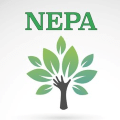 National Environmental Policy Act
National Environmental Policy Act
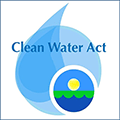 Clean Water Act
Clean Water Act
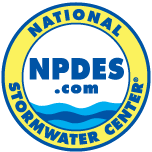 National Pollutant Discharge Elimination System
National Pollutant Discharge Elimination System
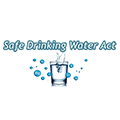 Safe Drinking Water Act
Safe Drinking Water Act
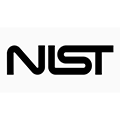 NIST guidelines
NIST guidelines
 Federal Communications Commission
Federal Communications Commission
 Data Privacy Regulations
Data Privacy Regulations
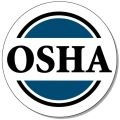 Occupational Health and Safety
Occupational Health and Safety
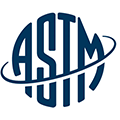 ASTM International
ASTM International
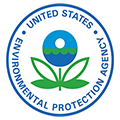 Environmental Protection Agency (EPA)
Environmental Protection Agency (EPA)
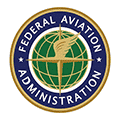 Federal Aviation Administration (FAA)
Federal Aviation Administration (FAA)
 Canadian Centre for Occupational Health and Safety CCOHS
Canadian Centre for Occupational Health and Safety CCOHS
GAO Software Provides Easy Integration with API
GAO’s RFID and BLE software offers a free trial for both the server-based and cloud versions and offers an API to the important systems in the water and sewer construction industry such as:
Personnel Management:
- Managing employee records and information
- Scheduling and tracking employee hours and job assignments
- Providing safety training and monitoring employee compliance
- Managing employee benefits, including insurance, retirement plans, and time off
- Recruiting and hiring new employees as needed
- Ensuring compliance with labor laws and regulations
Equipment Management:
- Tracking equipment usage and maintenance schedules
- Scheduling repairs and maintenance tasks
- Monitoring equipment availability and utilization
- Managing equipment inventory and ordering new equipment when needed
- Ensuring compliance with equipment safety standards and regulations
Access Control:
- Managing access to construction sites and restricted areas
- Tracking employee and contractor access to job sites
- Monitoring visitor access and ensuring compliance with safety protocols
- Providing secure access to company data and systems
Warehouse Management:
- Managing inventory of construction materials and supplies
- Tracking and controlling the movement of materials and supplies
- Ensuring timely delivery of materials to job sites
- Managing shipping and receiving processes
- Optimizing warehouse layout and organization
Supply Chain Management:
- Managing vendor relationships and contracts
- Tracking and managing orders for construction materials and supplies
- Optimizing delivery schedules and logistics
- Ensuring timely and cost-effective procurement of materials
- Minimizing waste and reducing costs throughout the supply chain
GAO has integrated its RFID, BLE, IoT and drone systems with some of leading software and cloud services in the water and sewer construction industry. Below are some of popular software and cloud services in the water and sewer construction industry.
- Procore : Procore is a cloud-based construction management software that offers tools for project management, personnel management, and equipment management. It includes features such as time tracking, resource management, and asset tracking.
- B2W Software: B2W Software is a comprehensive construction management software that offers solutions for project management, estimating, scheduling, equipment management, and fleet management.
- Microsoft Azure: Microsoft Azure is a cloud computing platform that offers a wide range of services, including virtual machines, databases, analytics, and storage. It can be used to build and deploy applications for personnel and equipment management, as well as other business processes.
- Amazon Web Services (AWS): AWS is a cloud computing platform that offers a broad range of services, including computing, storage, and databases. It can be used to build and deploy applications for personnel and equipment management, as well as other business processes.
- SAP Extended Warehouse Management (EWM): SAP EWM is a software solution for warehouse management that provides end-to-end visibility and control of warehouse operations. It includes features for inventory management, order fulfillment, and shipping, among others.
- Infor Supply Chain Management: Infor Supply Chain Management is a suite of software solutions that includes features for warehouse management, inventory management, demand planning, and supply chain visibility. It can be used to manage supply chain operations across multiple locations and business units.
- IBM Cloud: IBM Cloud is a cloud computing platform that provides access control, warehouse management, and supply chain management services. Their services include IBM Cloud Identity and Access Management for access control, IBM Cloud Pak for Data for data warehousing, and IBM Watson IoT Platform for IoT solutions.
- AutoCAD Civil 3D: AutoCAD Civil 3D is a software package from Autodesk that is specifically designed for civil engineering and construction applications. It includes a range of tools for designing and modeling water and sewer systems, as well as tools for creating construction plans, profiles, and cross-sections.
- Trimble Business Center: Trimble Business Center is a software suite that provides tools for managing construction projects, including water and sewer construction. It includes tools for surveying, design, data management, and analysis, as well as tools for creating and managing construction plans and documentation.
- HCSS HeavyJob: HCSS HeavyJob is a construction project management software platform that is available both on-premise and in the cloud. The cloud version provides tools for managing resources, tracking progress, and creating and managing construction plans and documentation.
- Oracle Primavera: Oracle Primavera is a cloud-based project management software platform that provides tools for managing construction projects, including water and sewer construction. It includes tools for resource management, scheduling, document management, and communication, as well as tools for tracking progress and costs.
- PlanGrid: PlanGrid is a cloud-based construction management software platform that provides tools for managing construction projects, including water and sewer construction. It includes tools for project management, document management, and communication, as well as tools for tracking progress and costs.
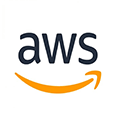 Amazon Web Services
Amazon Web Services
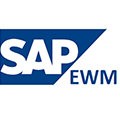 SAP EWM
SAP EWM
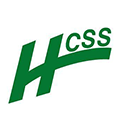 HCSS HeavyJob
HCSS HeavyJob
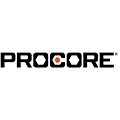 Procore Construction Company
Procore Construction Company
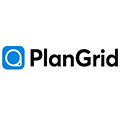 PlanGrid Software Company
PlanGrid Software Company
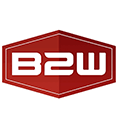 B2W Software
B2W Software
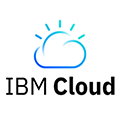 IBM Cloud
IBM Cloud
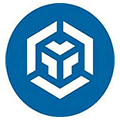 Trimble Business Center
Trimble Business Center
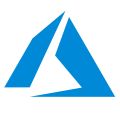 Microsoft Azure
Microsoft Azure
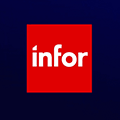 Infor Supply Chain Management
Infor Supply Chain Management
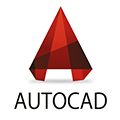 AutoCAD
AutoCAD
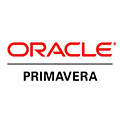 Oracle Primavera
Oracle Primavera
GAO has worked with some of the leading technology companies in the water and sewer construction industry to provide integrated RFID, BLE, IoT, and drone solutions to customers. Here are some of the technology leaders in the water and sewer construction industry:
- AVEVA: AVEVA provides software solutions for the construction industry, including water and sewer construction. Their software includes tools for engineering, design, and project management.
- Bentley Systems: Bentley systems provides software solutions for the construction industry, including water and sewer construction. Their software includes BIM tools, project management software, and asset management tools.
- Hexagon: Hexagon provides a range of hardware and software solutions for the construction industry, including water and sewer construction. Their solutions include surveying equipment, construction management software, and asset management tools.
- ABB: ABB provides a range of electronic technologies for the water and wastewater industry, including automation and control systems, instrumentation, and advanced analytics solutions.
- Siemens: Siemens provides a range of electronic technologies for the water and wastewater industry, including process control systems, instrumentation, and water treatment solutions.
- Schneider Electric: Schneider electric provides a range of electronic technologies for the water and wastewater industry, including automation and control systems, energy management solutions, and software for water treatment plants.
- Honeywell: Honeywell provides a range of electronic technologies for the water and wastewater industry, including automation and control systems, instrumentation, and software for water treatment plants.
- Emerson: Emerson provides a range of electronic technologies for the water and wastewater industry, including automation and control systems, instrumentation, and software for water treatment plants.
- Endress+Hauser: Endress+Hauser provides a range of electronic technologies for the water and wastewater industry, including instrumentation, sensors, and software for water treatment plants.
- Krohne: Krohne provides a range of electronic technologies for the water and wastewater industry, including flow meters, level meters, and analysis equipment.
- Trimble: Trimble provides a range of system technologies for the water and wastewater industry, including GPS surveying and mapping equipment, fleet management software, and construction project management tools.
- ESRI: ESRI provides a range of system technologies for the water and wastewater industry, including GIS mapping software, field data collection tools, and spatial analytics solutions.
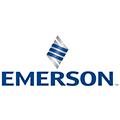 Emerson
Emerson
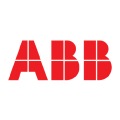 ABB Ltd
ABB Ltd
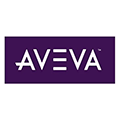 AVEVA
AVEVA
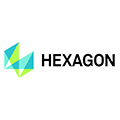 Hexagon AB Company
Hexagon AB Company
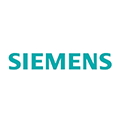 Siemens
Siemens
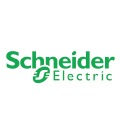 Schneider Electric
Schneider Electric
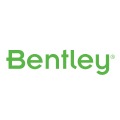 Bentley Systems
Bentley Systems
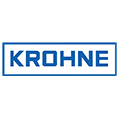 Krohne
Krohne
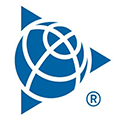 Trimble
Trimble
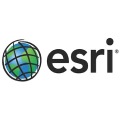 Esri
Esri
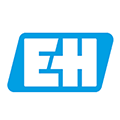 Endress+Hauser
Endress+Hauser
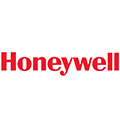 Honeywell
Honeywell
Case Studies of RFID Applications
Below are some RFID application cases in the water and sewer construction industry.
One case study of RFID applications in the water and sewer construction industry is a project implemented in California, USA. The project involved the installation of an RFID system to track and manage the inventory of water and sewer components, such as pipes, valves, and fittings. The system was implemented in collaboration with a technology provider, RF Controls, and was designed to improve the efficiency and accuracy of inventory management, as well as to reduce costs and improve worker safety. The RFID system consisted of RFID tags attached to each component, as well as RFID readers installed at various locations throughout the construction site. When a component was received at the site, it was scanned and tagged with an RFID tag, and its information was recorded in the system. As the component moved through the construction process, it was continually tracked and monitored using the RFID readers.
Another case study of RFID application in water and sewer construction is to track the location and status of underground pipes and valves. During the construction of water and sewer systems, a large network of underground pipes and valves are installed. These pipes and valves can be difficult to locate and access once they are buried in the ground. RFID tags can be attached to each pipe and valve during the installation process. These tags can contain information about the location, type, size, and other important details of each pipe and valve. Workers equipped with RFID readers can easily locate and identify each pipe and valve by simply scanning the tags with a handheld device. This information can be used to create accurate maps of the underground network, which can help to prevent damage to the pipes and valves during future construction or maintenance activities.
A case study of UHF RFID application in the water and sewer construction industry is the tracking of pipes and other components during the installation process. UHF RFID tags can be attached to each pipe or component, and a reader can be used to scan the tag and record important information such as the type of pipe, its location, and the date of installation. This technology can help ensure that the right pipes are installed in the right location and that all components are properly tracked throughout the installation process. It can also help to improve safety and reduce errors, as workers can quickly and easily verify that they are installing the correct components.
GAO RFID Systems & Hardware for the Water and Sewer Construction
GAO RFID Inc. offers the largest selection of BLE gateways, BLE beacons, RFID readers, tags, antennae, printers, and integrated RFID systems for various industries, including water and sewer construction.
BLE (Bluetooth Low Energy)
GAO offers advanced BLE gateways:
as well as versatile beacons with such important functions as temperature, humidity, vibration, and panic button:
GAO’s BLE technology is suitable for many industries, including water and sewer construction.
UHF (Ultra High Frequency) RFID
GAO offers the largest selection of UHF RFID readers for various industries, including the water and sewer construction:
GAO RFID offers the widest choice of UHF RFID tags, labels, badges, and wristbands for various industries, including the water and sewer construction:
and an array of antennas to address different applications:
HF (High Frequency), NFC (Near Field Communications) and LF (Low Frequency) RFID
GAO offers the largest selection of HF, NFC, and LF RFID readers for various industries, including the water and sewer construction:
- High Frequency 13.56 MHz Passive RFID Readers
- Low Frequency 134 kHz Passive RFID Readers
- Low Frequency 125 kHz Passive RFID Readers
HF, NFC, and LF RFID tags, labels, badges, and wristbands for various industries, including the water and sewer construction:
and antennas:
GAO also offers RFID printers:
Digital I/O adapters:
and relay controllers:
For embedded applications, GAO offers UHF, HF, and LF RFID reader modules:
- UHF 860 – 960 MHz RFID Modules
- 13.56 MHz High-Frequency RFID Modules
- 125 kHz Low-Frequency RFID Modules
The RFID systems by GAO are highly popular for clients in the water and sewer construction:
Physical asset or operational equipment tracking system:
Assets that can be effectively tracked using GAO’s technologies include
- Excavators: Excavators are heavy machinery used for digging trenches, removing soil, and excavating areas for the installation of water and sewer pipelines. They come in different sizes and configurations to accommodate various job site conditions.
- Trenchers: Trenchers are specialized machines designed to dig narrow and deep trenches for the installation of pipelines. They come in different types, such as chain trenchers and wheel trenchers, and are particularly useful for laying long stretches of pipelines quickly.
- Pipe Layers: Pipe layers are machines specifically designed to lay pipes in trenches. They can handle various pipe sizes and materials and are equipped with mechanisms to lift and position pipes into the excavated trenches.
- Pipe Inspection Cameras: Pipe inspection cameras are used to assess the condition of existing water and sewer pipelines. These cameras are inserted into pipes to visually inspect their interiors, identify blockages, leaks, or damage, and help determine the necessary repairs or maintenance.
- Pipe Bursting Equipment: Pipe bursting equipment is used for the replacement of existing water and sewer pipes without extensive excavation. This method involves breaking apart the existing pipe while simultaneously pulling a new pipe into place.
- Pipe Cutting and Welding Equipment: Pipe cutting and welding equipment are used for the fabrication and connection of pipes during the construction of water and sewer systems. These tools ensure precise cutting, alignment, and welding of pipes for secure and leak-free connections.
- Hydro Excavation Trucks: Hydro excavation trucks use high-pressure water and vacuum systems to safely excavate soil around existing utility lines and underground infrastructure. This method minimizes the risk of damage to existing pipes and cables during excavation.
- Pumping Stations and Lift Stations: Pumping stations and lift stations are used to transport wastewater or sewage from lower to higher elevations. They include pumps, control systems, and storage tanks to facilitate the efficient movement of water and sewage through the collection and treatment process.
- Pipe Cleaning and Jetting Equipment: Pipe cleaning and jetting equipment use high-pressure water jets to clean and clear debris, roots, and blockages from water and sewer pipelines. This equipment helps maintain the flow and performance of the systems.
- Flow Meters and Monitoring Systems: Flow meters and monitoring systems are used to measure and monitor the flow of water and sewage within the systems. They provide valuable data for assessing performance, detecting leaks, and optimizing system efficiency.
People or workers tracking system:
Personnel or people access control system:
Parking or vehicle control system:
GAO Has Served the Water and Sewer Construction Extensively
GAO’s products and technologies have helped its customers in the water and sewer construction industry to achieve success in sustainable infrastructure green infrastructure, resilience planning, asset management, integrated water resources management, smart water systems, digital transformation, augmented reality, robotics and automation, 3D printing, modular construction, building information modeling (BIM), public-private partnerships (P3) design-build delivery method, data analytics and artificial intelligence (AI), internet of Things (IoT), predictive maintenance, cybersecurity, workforce development, remote operations, and monitoring.
GAO RFID Inc. has deployed RFID, BLE, and IoT projects for many companies in the water and sewer construction, including many in its various divisions such as
- Water treatment and distribution: This division involves the construction of infrastructure to treat and distribute clean water to homes and businesses, including water treatment plants, reservoirs, water mains, and fire hydrants.
- Sewer collection and treatment: This division involves the construction of infrastructure to collect and treat wastewater from homes and businesses, including sewer mains, lift stations, and wastewater treatment plants.
- Stormwater management: This division involves the construction of infrastructure to manage stormwater runoff, including stormwater sewers, detention ponds, and retention basins.
- Pipeline construction: This division involves the installation of pipelines for water, sewer, and gas distribution.
- Infrastructure rehabilitation and replacement: This division involves the repair, replacement, and upgrading of existing water and sewer infrastructure, such as pipelines, treatment plants, and storage tanks.
- Site preparation and excavation: This division involves the preparation of sites for construction work, including excavation, grading, and clearing.
Here are some of the leading companies in the water and sewer construction industry
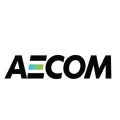 AECOM
AECOM
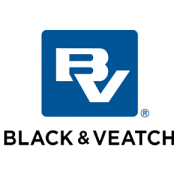 Black & Veatch Construction
Black & Veatch Construction
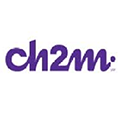 CH2M Engineering Company
CH2M Engineering Company
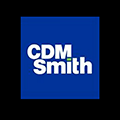 CDM Smith Company
CDM Smith Company
 Jacobs Solutions
Jacobs Solutions
 Kiewit Corporation
Kiewit Corporation
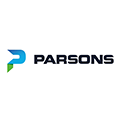 Parsons Corporation
Parsons Corporation
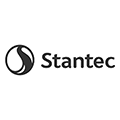 Stantec
Stantec
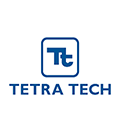 Tetra Tech
Tetra Tech
 Wood PLC
Wood PLC
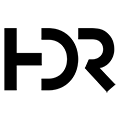 HDR Inc
HDR Inc
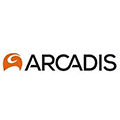 Arcadis NV
Arcadis NV
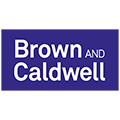 Brown and Caldwell
Brown and Caldwell
 GHD Group
GHD Group
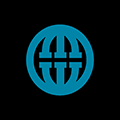 MWH Global
MWH Global
 Carollo Engineers
Carollo Engineers
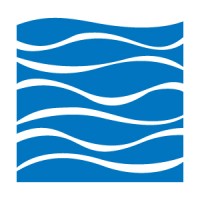 Greeley and Hansen
Greeley and Hansen
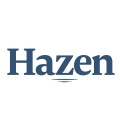 Hazen and Sawyer
Hazen and Sawyer
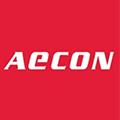 Aecon Group Inc
Aecon Group Inc
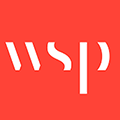 WSP Global Inc.
WSP Global Inc.
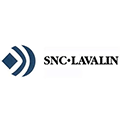 SNC-Lavalin Group Inc.
SNC-Lavalin Group Inc.
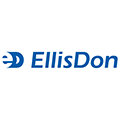 EllisDon Corporation
EllisDon Corporation
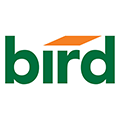 Bird Construction Inc.
Bird Construction Inc.
 Stantec
Stantec
